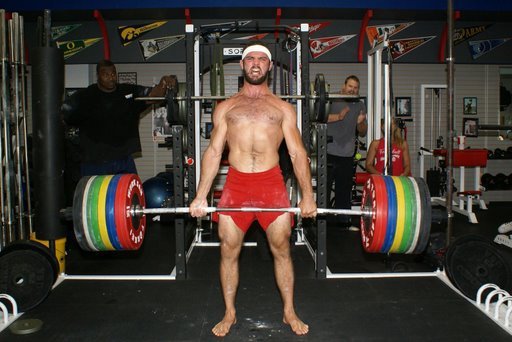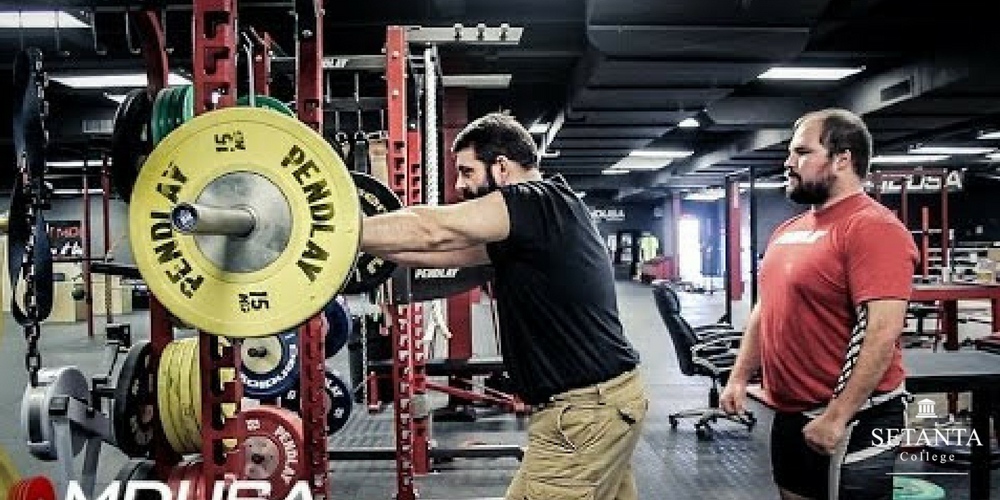The Pendlay WOD uses deadlifts. I know some coaches do not, preferring to use the clean or snatch pull. This was my opinion for much of my coaching career. In fact for much of my career I used mostly the snatch and clean to build pulling strength without using either pulls or deadlifts at all. What changed my opinion? Well to put it simply, drugs! Many of the elite lifters that we all admire and love to emulate use them. For a variety of reasons, we do not. I do not intend to discuss the reasons behind this “double standard” or how or why it came to be, but this is the reality of the situation as it now stands.
The fact is, performance enhancing drugs assist one thing, strength. They do not help you build great motor patterns or great technique, they simply make you stronger. And for many lifters using PED’s simply doing the correct amount of snatches and clean and jerks ensures that for them, strength will never be the limiting factor in their lifts. This is not true for most clean lifters. Strength is almost ALWAYS the limiting factor for any lifter who is not using PED’s. If you do not think you could snatch more weight if both your snatch grip deadlift and your back squat were 20kg higher, you are lying to yourself.

Weightlifter: James Tatum
Once you arrive at the conclusion that being stronger on the pull will assist you in snatching and cleaning more, ask yourself what will build that strength faster, the snatch grip deadlift, or the snatch pull? Snatch grip deadlifts are generally done heavier and with a slower bar speed because they are based off of your snatch deadlift maximum. Snatch pulls are generally based off your snatch maximum, which for many lifters nearly unrelated to your maximum snatch grip deadlift. A really efficient lifter like James Tatum might be able to snatch 70% of his snatch grip deadlift, while many beginners might not be able to do 40%. Basing the programming of one of your most important strength exercises off of a guess such as this is asking for failure. Now it is true that you could do the same motion of the snatch pull, with weights far in excess of your snatch, and achieve the same amount of tension, and the same bar speed as the snatch deadlift. But why rely on a guess?
Why not just accept that it is a deadlift. A slower, heavier movement than the snatch or snatch pull. Snatch and clean deadlifts are programmed similarly to the back squat. The main difference being that I will use less volume for the deadlifts, and I generally limit their use to the first half of a training cycle. So in an 8 week training cycle, you will use the snatch deadlift for about the first 4 weeks, and switch to the snatch pull usually with far less weight for the second 4 weeks. Deadlifts are not for those only interested only in quick progress. Deadlifts take a while to recover from, and adding deadlifts to your routine probably won’t increase your maximum today, or tomorrow. But if you are willing to put in a few weeks of work and then recover from it, they will make your total go up. Getting stronger always does.
We’re delighted to announce that our next workshop will be a Weightlifting Masterclass with USA Coach, Glenn Pendlay, on Saturday, July 28th in Thurles. Covering specific warm-ups, weightlifting for sports performance, conditioning for high repetition lifting andcoaching of the main Olympic lifts,you can find full details about the event here: https://www.setanta.co.uk/pendlay-weightlifting-masterclass/.


Leave A Comment